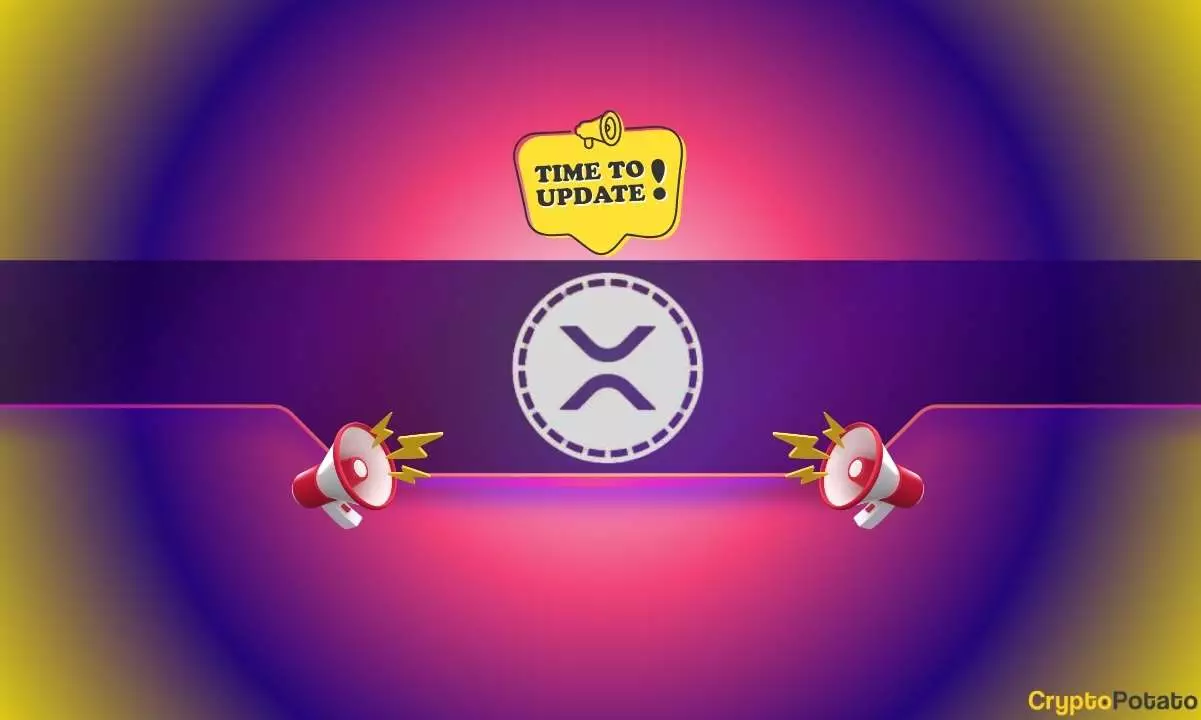Ripple has recently taken significant strides in the realm of cryptocurrency with the impending launch of its stablecoin, RLUSD. This digital asset, pegged 1:1 to the US dollar, is currently in beta testing, eagerly awaiting the regulatory green light. Ripple first announced its ambitious plans in April 2023, outlining the framework for a stablecoin that seeks to intertwine itself with both the XRP Ledger and Ethereum, elevating the competitive landscape of digital currencies.
As Ripple moves forward with RLUSD, regulatory approval remains a crucial hurdle. The company’s president, Monica Long, emphasized in a recent interview that the launch is pending approval from the New York Department of Financial Services (NYDFS). This attention to compliance showcases Ripple’s commitment to operating within legal frameworks, an aspect that has often been a contentious issue in the cryptocurrency space. The strict regulatory scrutiny adds an additional layer of complexity, as Ripple has to navigate an evolving landscape where regulations are still taking shape.
To further bolster its market entry, Ripple has strategically partnered with several prominent exchanges including Bitstamp, Bitso, Uphold, and others. This approach not only enhances liquidity for the new stablecoin but also positions RLUSD against competitors early on. The selection of these exchanges illustrates Ripple’s intention to seize market share rapidly after the launch, ensuring that RLUSD is readily accessible to traders and investors.
Long has made ambitious predictions regarding the stablecoin market’s growth potential, asserting that the current market cap of approximately $180 billion could balloon to over $3 trillion in the next few years. The anticipated surge in demand, driven by factors such as convenience in payments and transfers, points to a future where stablecoins become integral to everyday transactions. Furthermore, Long hinted at a shift away from the dominantly dollar-pegged stablecoins. This de-dollarization could pave the way for stablecoins linked to other currencies, such as the euro and yen, as the global financial ecosystem continues to evolve.
Stablecoins, including RLUSD, serve a dual purpose as both a store of value and a facilitative tool for fast, borderless transactions. Their stability relative to traditional assets allows for reduced volatility, making them appealing to users who wish to engage in cryptocurrency without the inherent risks associated with other digital currencies. Tether (USDT), with its comfortable lead in market capitalization, has established itself as a pillar in the stablecoin sector, followed by Circle’s USDC that has seen fluctuating market activities.
Ripple’s RLUSD stablecoin signifies a noteworthy development within the competitive framework of cryptocurrencies. Its potential impact on the financial technology landscape depends not only on the presiding regulatory approvals but also on its partnerships and the overall acceptance of stablecoins in mainstream finance. As the market continues to evolve, Ripple’s initiatives could pave the way for a robust digital currency future, reshaping how individuals and businesses transact globally. Whether RLUSD will fulfill its ambitious promise remains to be seen, but its emergence heralds a transformative phase for stablecoins and the financial ecosystem at large.















